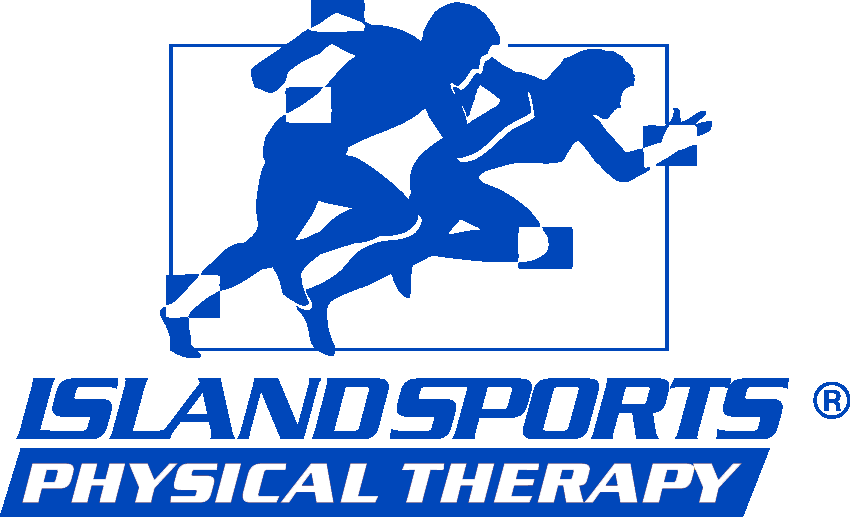Keeping Your Healthy New Year’s Resolutions
Keeping Your Healthy New Year’s Resolutions
2016 is here! For many of us, we are embarking towards achieving our personal New Year’s resolutions. Creating goals is a great way to self-motivate, however, for many of us, things don’t always work out. Defy the odds by taking these few tips to heart.
One of the biggest mistakes people make is by creating unrealistic expectations. Promising to run a marathon by the end of the year when you can’t run a 30-second sprint is setting yourself up for failure. Recognizing your current fitness level might make you alter your resolution from running a marathon to running a 5K which will be challenging yet achievable.
Another mistake people make is by making too many resolutions. If you are trying to volunteer on the weekends, workout for an hour each day, and read a book a week, you will overextend yourself and likely fail to reach all three of your goals. Pick the primary goal you want to focus on and make any other goals small.
Once you’ve decided the goals that are most important to you, setting smaller goals is crucial. If you have a weight loss goal of 50 pounds by the end of the year, failing to set mini-goals might have you this October scrambling to lose 45 of those pounds.
If your goal is to do 20 minutes of meditation and deep breath each morning, perhaps working your way up to 20 minutes will help you keep your goal. Start with 5 minutes and add on a minute each week till you get to your goal. Same goes for the organization! You can’t reorganize your entire living space overnight. Go room by room or furniture by furniture each month until your goal is complete.
When it comes to physical fitness, enlisting the help of a personal trainer or physical therapist can be beneficial to avoiding injuries and helping you set realistic goals. A physical therapist has an educational background that can assess your body condition in order to determine what is indeed achievable and can provide recommendations on how to set mini-goals.
